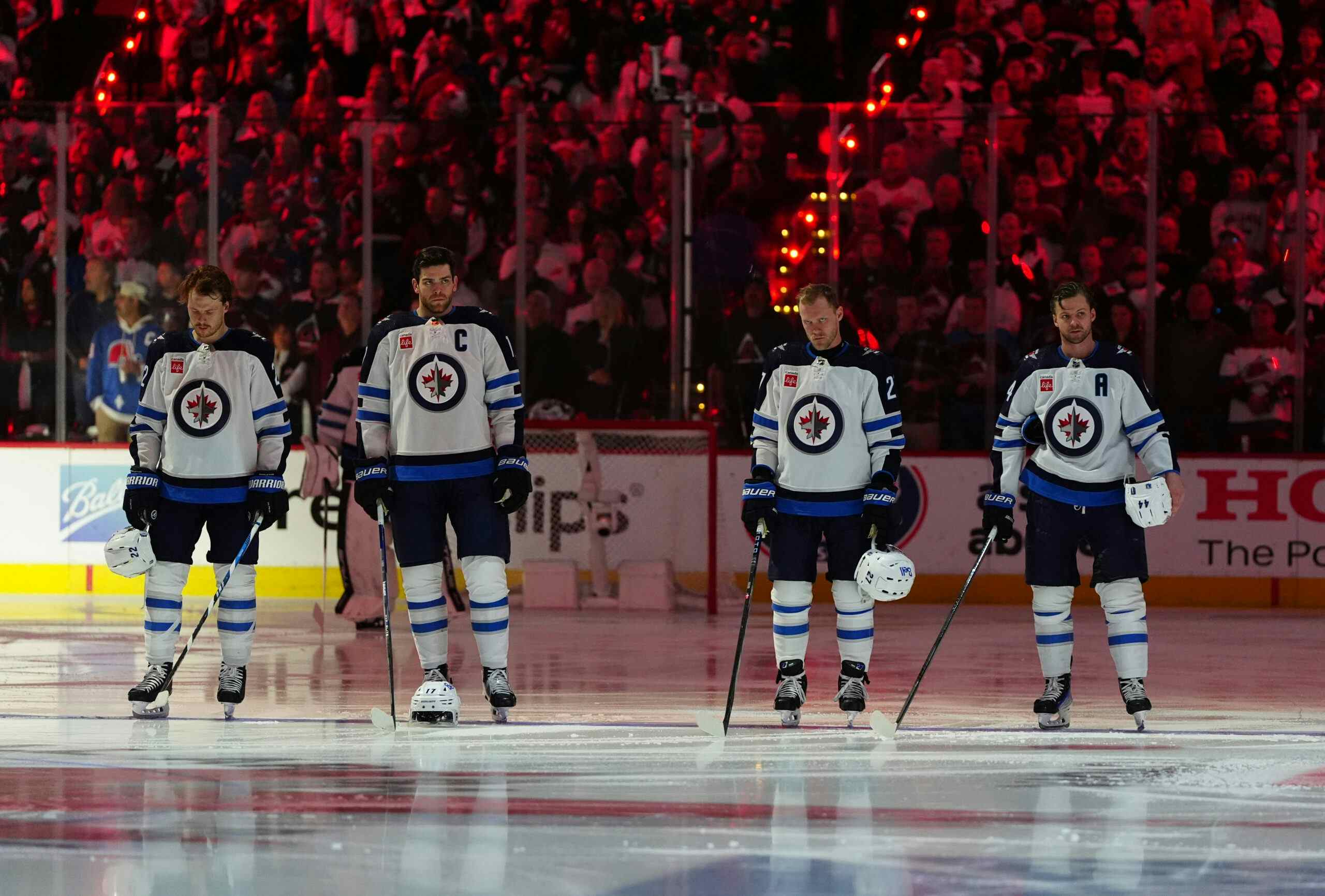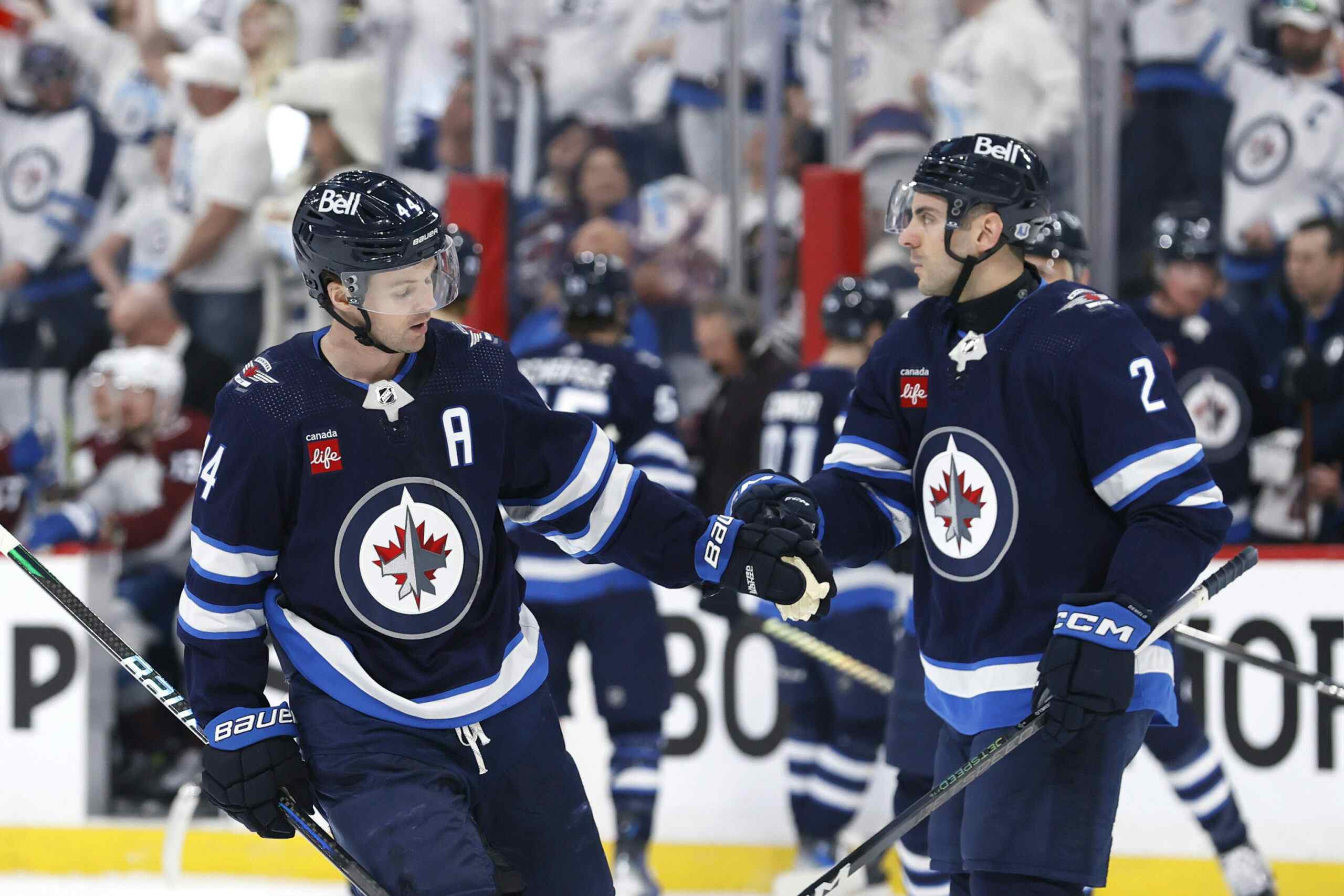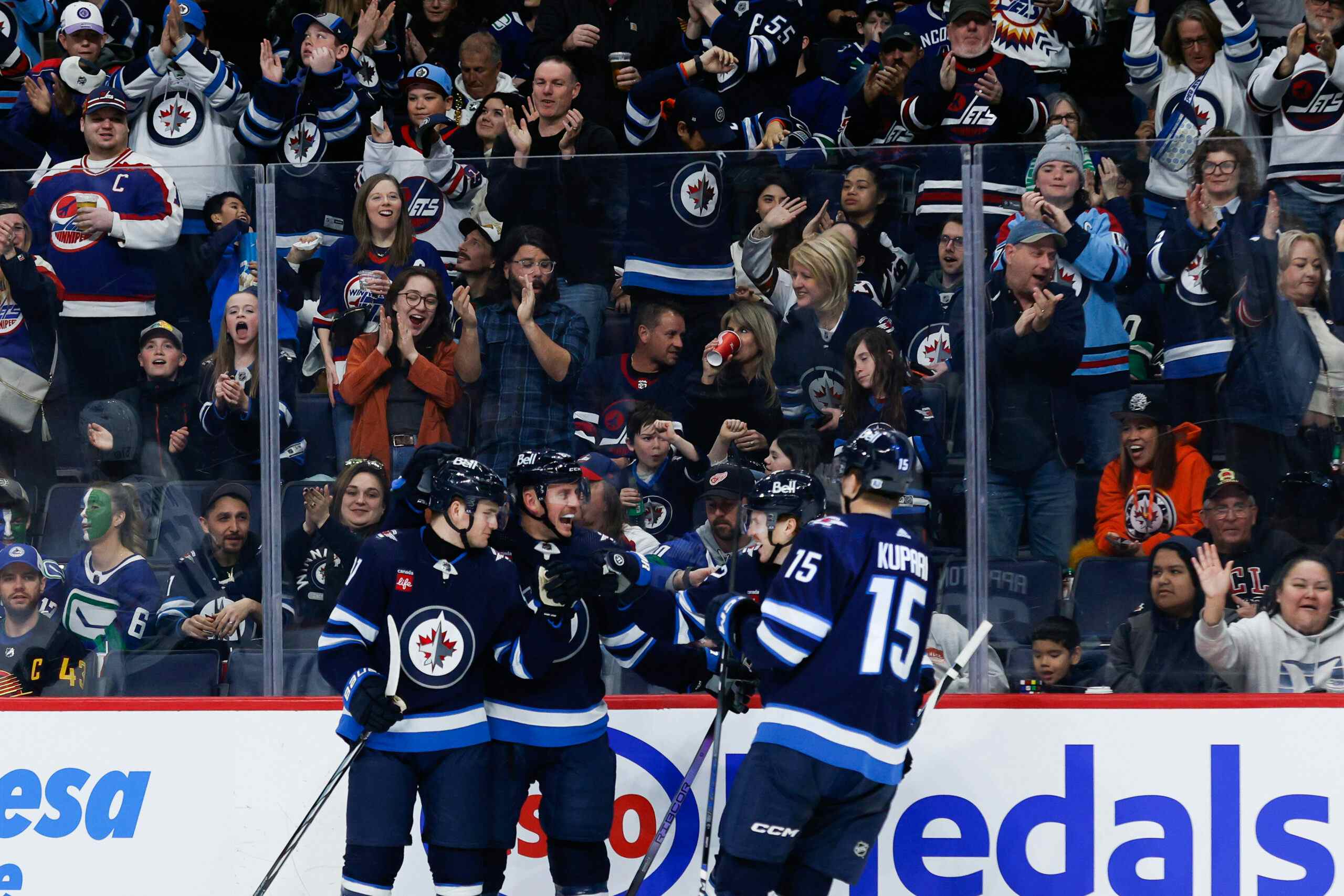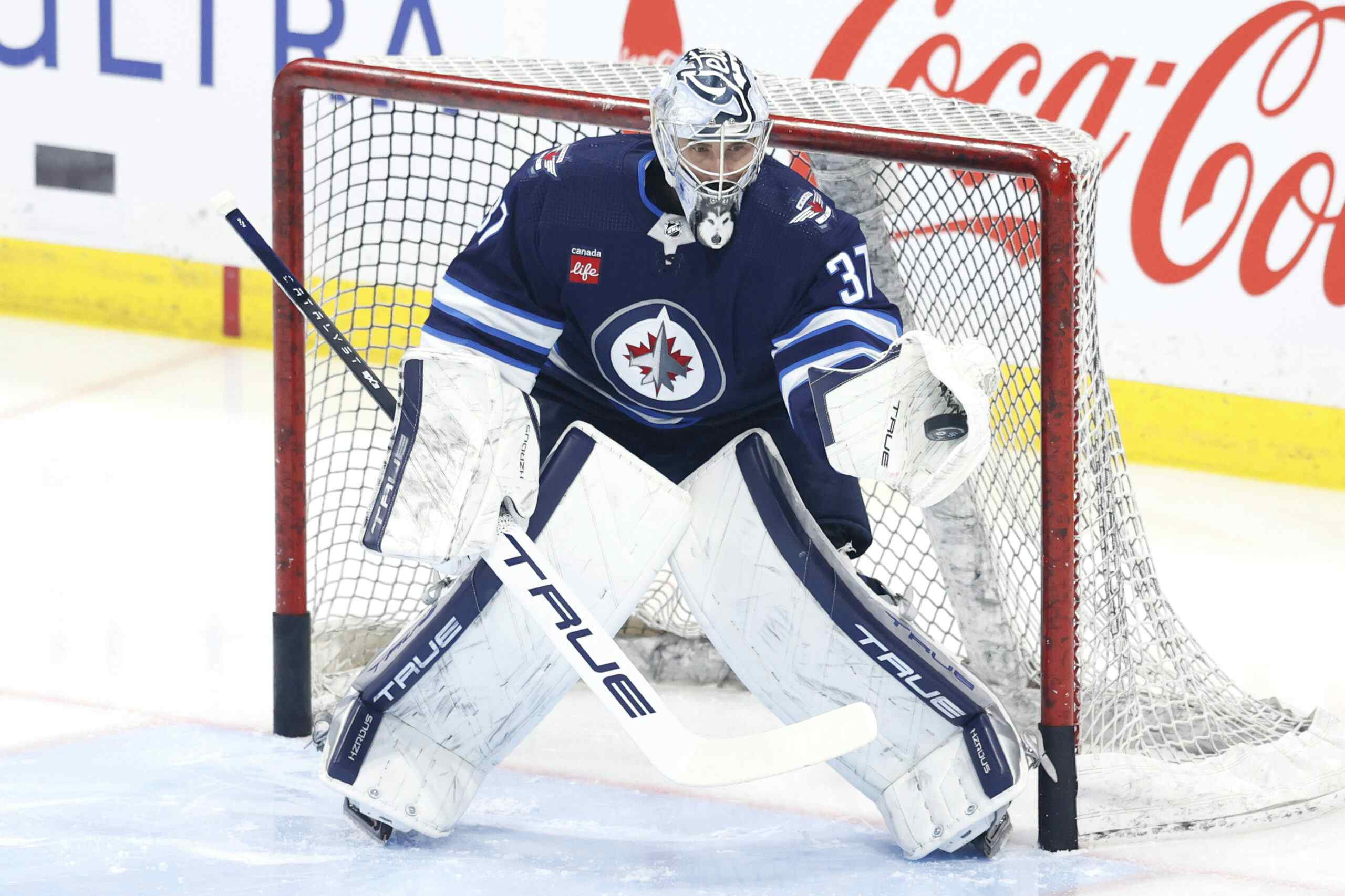How to Draft Your Fantasy Playoff Lineup

By KB
6 years agoIn the previous post this morning outlining basic Fantasy Playoff rules and regulations, we looked at the formalities of how most playoff fantasy leagues are run. In this post we will look at a few different draft strategies as well as how to fit everything together to craft a winning team.
There are a variety of factors when picking a team in fantasy playoff hockey. For the purposes of this article, all stats are based on the last three seasons of playoff hockey and it is assumed that the players are able to be drafted by every team. It is also assumed a goal or assist is worth one point and defenders are optional.
“Load ’em up” strategy
A common fantasy playoff hockey strategy is to load up almost entirely with one team’s players. The reasoning behind this strategy is quite simple. If the team is filled with only Tampa Bay players and Tampa Bay wins the cup, they will most likely have scored the most amount of goals out of any team. This plan seems foolproof, but there are a few downsides to this strategy.
First of all, it is extremely difficult to pick the Stanley Cup winner. If the chosen team bows out early due to a significant injury or just due to bad luck, it will ruin the chances of success.
Secondly, if so many players are chosen from one team, it means both the strong scoring players are being picked but so are the defensive forwards. Sometimes third or fourth line players are picked only because they play for a good team. These depth players rarely end up anywhere near the top of the points leader-board.
When looking at the numbers, there is actually no benefit to picking players from the cup winner when compared to the other cup finalist. Out of the top 20 playoff scorers in the past three seasons, both the winner and other finalist each average 6 players. A smart twist on this strategy would be to pick players from two teams instead of only one because statistically there is no distinct advantage that a cup winner has over the other finalist.
“Final Four” strategy
Another common tactic when selecting a team is to pick players from the four teams that will make the conference finals. Obviously, nobody knows for certain who is going to make the conference finals, but picking players from four teams can spread the risk enough that an upset will not ruin the team.
For instance, if Pittsburgh, Boston, Winnipeg, and San Jose are the projected teams to make the conference finals, picking five players from each is a great idea. The players that are being selected get to play in the most possible series, therefore, they have the best chance at getting more points.
In theory, this strategy makes sense, and the numbers back it up. When looking at the actual statistics, this strategy produces a fairly strong team that could easily contend for a championship, even if one of the four teams were to fall earlier.
The numbers show that 78% of the top 50 point scorers over the past three playoffs have come from a conference finalist. In other words, when looking at the top 50 point scorers there is an average of 39 players from the top four teams. Furthermore, when the data is limited to the top 20 point scorers, 93% of them have come from a conference finalist. Looking specifically at 2016, only 1 player in the top 20 was not a conference finalist.
During the 2015 playoffs every single player in the top 20 played in the conference finals. These numbers offer compelling evidence that spreading out the picks among the projected conference finalists is a strong strategy that will give hope for a fantasy playoff victory.
“Spread the Wealth” strategy
The last strategy is to fill the team with the best overall players regardless of what team they are on. This strategy will almost always lead to a mediocre team that will finish near the middle of the pack.
The problem with this strategy is that a lot of the players will be eliminated early and will be unable to score any points beyond the first round. Because this strategy is less common, it can provide a competitive advantage as well. If every other fantasy team in the league only chooses players from Boston and Nashville, but one team includes players from every NHL club, it could work out well. If Boston was upset in the first round, all of the competitors would instantly lose half of their players.
The person who spread their picks around would almost be guaranteed the league title because they would have more players moving on. The risk is spread out among all the teams meaning a single upset can be tolerated. According to the stats, in 2017 there were three players that finished in the top 20 in playoff scoring who didn’t even make the conference finals. As seen before, an average of 93% of the top 20 scorers come from the final four clubs. If the remaining 7% of players can be identified and selected, this tactic has a chance to thrive..
Recommendations
The best strategy overall would is a combination of the spreading the wealth and the final four strategies. Because almost all of the top scorers at least make it to the conference finals, it makes the most sense to load up on four different teams. Predicting conference finalists is also easier than predicting cup finalists so there is a greater chance of retaining most of your players as the playoffs progress. The key to this strategy is identifying which players might have early exits but are still worth picking. If Pittsburgh is going to lose in the second round, Malkin and Crosby are probably still worth a pick. The key is to have the most potential upside with the least amount of risk.
In conjunction with these strategies my 20-man, position-less, fantasy roster will include players from the four teams I think will make the conference finals. These teams include the Winnipeg Jets, Anaheim Ducks, Washington Capitals, and Boston Bruins. I am the least confident about the Ducks and the Capitals, so I am picking one less player from both of those teams and adding two players that could finish in the top 20 in scoring even if they lose in the second round.
Here is the full team I have chosen:
WPG – Wheeler, Scheifele, Connor, Laine, Ehlers
ANA – Getzlaf, Perry, Rakell, Silvferberg
WSH – Ovechkin, Kuznetsov, Backstrom, Carlson, Oshie
BOS – Marchand, Pastrnak, Bergeron, Krug
PIT – Malkin
TB – Kucherov
Goalies: Hellebuyck (WPG) – Rask (BOS)
Recent articles from KB





